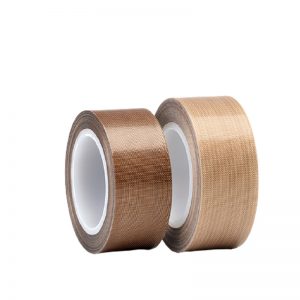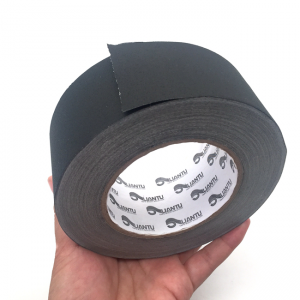Certainly, here are some Teflon tape hacks and tips specifically tailored for homeowners who want to handle basic plumbing tasks and projects around the house:
- Choose the Right Type of Tape: Depending on your project, select the appropriate type of Teflon tape. General-purpose tape is suitable for most applications, but if you’re dealing with higher temperatures or specific materials, opt for specialized tape.
- Wrap Clockwise: When applying Teflon tape, always wrap it in the direction of the thread rotation. For most threaded connections, this means wrapping clockwise around the male threads.
- Prepare Threads: Ensure the threads are clean and dry before applying the tape. Use a cloth to wipe away debris, old tape, or dirt. Clean threads promote a better seal.
- Overlap Layers: As you wrap the tape, overlap the layers slightly to ensure complete coverage. Overlapping by around 50% helps prevent leaks.
- Start a Few Threads Back: Begin wrapping the tape a few threads back from the end of the male threads. This prevents excess tape from interfering with the connection.
- Tear Neatly: After wrapping the tape, tear or cut it neatly at the end. Avoid cutting the threads themselves. A clean edge enhances the seal.
- Snug Fit, Not Too Tight: When assembling the connection, tighten it until snug but not overly tight. Over-tightening can damage threads or compress the tape too much.
- Check for Leaks: After assembling the connection, turn on the water or gas supply and inspect for leaks. If you notice leaks, address them promptly.
- Use Pipe Joint Compound (Pipe Dope): For larger threads or higher-pressure applications, consider using Teflon paste (pipe joint compound) in conjunction with Teflon tape for added sealing.
- Label Valves: If you have multiple valves, use Teflon tape to create color-coded labels for different water sources. This can be particularly helpful for irrigation systems.
- Keep a Roll Handy: Keep a roll of Teflon tape in your toolbox for quick access to fix minor leaks or connections.
- Wrap Showerheads and Faucets: Apply Teflon tape to the threads of showerheads and faucets before attaching them to ensure a tight and leak-free connection.
- Prevent Corrosion: Use Teflon tape to create a barrier between metal fittings and pipes to help prevent corrosion over time.
- Reuse Fittings: If you need to disassemble a connection, remove the old tape and apply fresh tape when reassembling to maintain an effective seal.
- Practice on Non-Critical Projects: If you’re new to using Teflon tape, practice on non-critical projects before tackling more important plumbing tasks.
- Consult Manuals: If available, consult the manuals of your plumbing fixtures or appliances. They may provide specific instructions for using Teflon tape during installation or maintenance.
Remember, while these hacks are designed to help homeowners handle basic plumbing tasks, it’s important to know your limits. For more complex or critical projects, or if you’re uncertain about any step, it’s wise to consult a professional plumber to ensure safety and proper functionality.






















